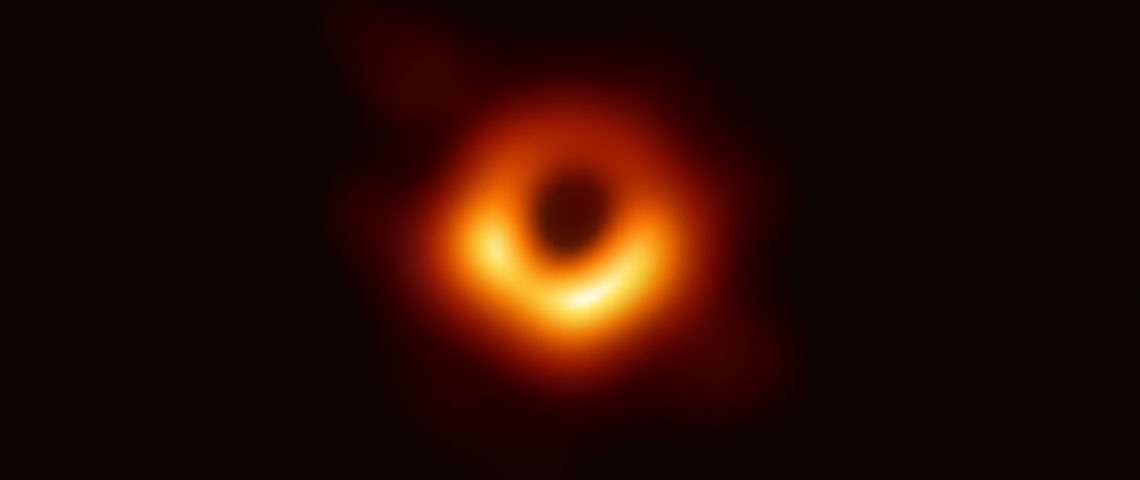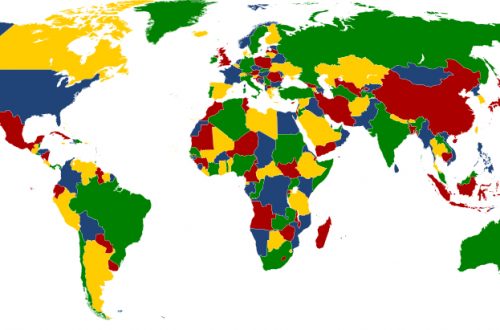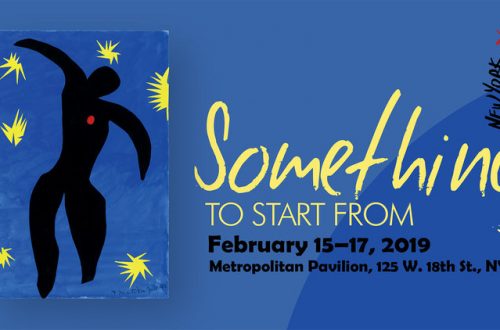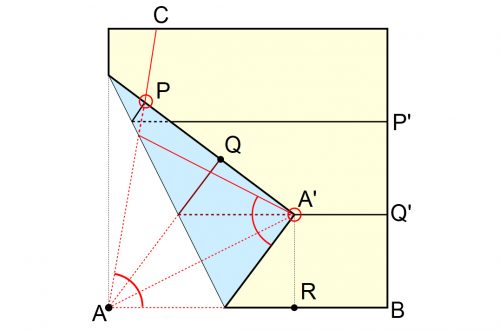by Abbey von Gohren
The release Wednesday of the first-ever image of a black hole dominated the world’s collective imagination. An amorphous ring of fire glowed curiously across Facebook feeds and newspaper headlines, inviting a barrage of timid questions from lay people – which, given our total understanding of black holes, is all of us. Astrophysicists obviously have more professional know-how in situations like these, but even they frequently admit that they have only a vague idea of what is going on. For just a moment, we could all revert back to an unselfconscious wonder that comes so naturally in third grade, but becomes increasingly difficult to maintain in the supposedly grownup world. Mysterious happenings, such as an actual photograph of a black hole, set us back on our heels. To try to better understand, we make comparisons to what we know, reaching for fantastical, imaginative language. (Even the New York Times called it “the Eye of Sauron” and “a smoke ring framing a one-way portal to eternity.”)
I interrupted my own class of high schoolers yesterday, their heads deep in Aristotle’s Ethics, to lift their eyes and consider this image. Coincidentally, they had just come from reading a section of the argument about the highest form of knowledge:
For it would be strange to regard politics or practical wisdom as the highest kind of knowledge, when in fact man is not the best thing in the universe…the argument that man is the best living thing makes no difference. There are other things whose nature is much more divine than man’s to take the most visible example only, the constituent parts of the universe.”
Aristotle’s Ethics 6.7
They were mesmerized; but the wordless awe soon gave way to a string of questions, which I heard echoed later in the school halls, the restaurant where I met a friend for lunch, and public spaces physical and digital all day long. People of all ages were put back in grade school for a day, asking humble questions like: “Where does it lead to?” “Does time really slow down in there…or does it speed up?” “What does it mean that they’ve got this image – are black holes ‘proven’ now?” “How did they take a photo of something invisible?”
(By the way, if you are as curious as the rest of us about the technicalities of this phenomenon, see the links provided at the bottom.)
What is so crucial about these moments is that they arrest us. They cause us to pause, consider something greater than ourselves. And this can have a unifying effect in a time when we are rightfully, increasingly worried about how divided we are. Peggy Noonan bore witness to this welcome breather in the Wall Street Journal a couple of years ago after the solar eclipse of Summer 2017:
So that’s what I saw, uptown to midtown—sharing and wonder and friendliness, along with a continual refrain: Here, take my glasses. Do you see? There was something about it that left me by the end quite moved. Witnessing spontaneous human graciousness and joy is stirring. And we were seeing something majestic, an assertion of nature and nature’s God, together. It was tenderly communal.
Peggy Noonan, “For a Day, our Political Troubles were Eclipsed,” WSJ,
Aug. 24, 2017
These moments do not appear to change the overall atmosphere of rancor once and for all, but they remind us, ever so briefly, of how small we are. A friend of mine reminded me yesterday of the Hebrew psalm which places man in his proper place in the universe – seemingly insignificant at first blush and yet, surprisingly, made for glory. This affirmation of his proper place finds its echo in the incarnation of Christ. The reality of Jesus Christ, the God-man, reaffirms human beings as “the best thing in the universe.” He took the form of man, becoming a little lower than the angels – not to mention black holes, dark matter, and eclipses – so that he may be lifted up. And perhaps, as we lift our eyes to glimpse these wonders, we have a foretaste of the glory that is also ours in Him.

Abbey von Gohren is from Minneapolis, MN. She teaches French and leads high-school seminars on philosophy, history and literature. Otherwise, she spends her time playing with Legos, assembling words into poems, exploring the great wilds of Minnesota, and listening to music made by loved ones.
Looking for More Information?
“Black Hole Image Makes History” (NASA Press Release)
“Astronomers Capture First-Ever Image of a Supermassive Black Hole” (Smithsonian Magazine)
“Global Web Tour of EHT Observatories” (Event Horizon Telescope Webpage)
“Black Holes” (NASA Scientific Description)





